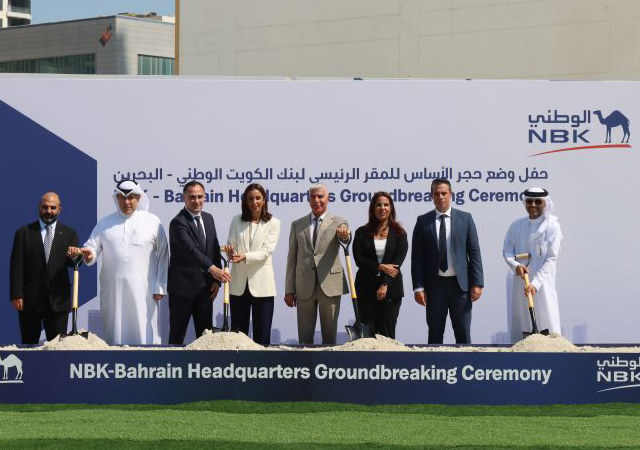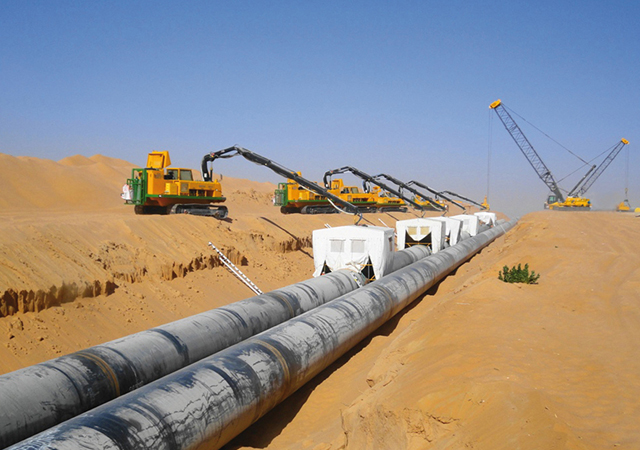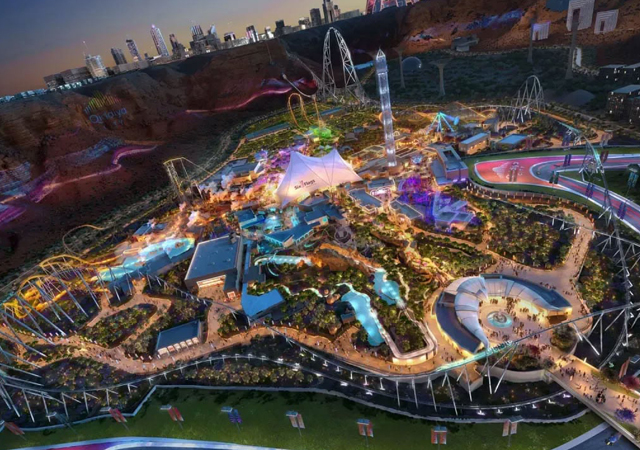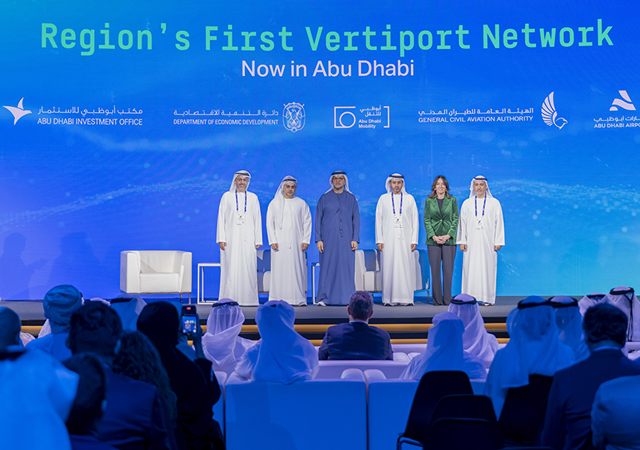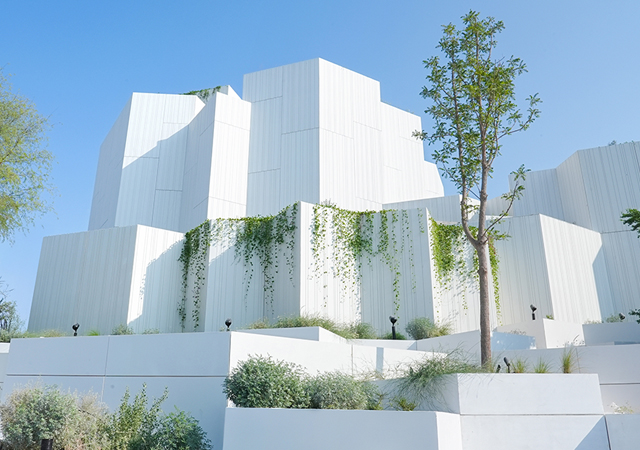 Constratech rises to the challenge
Constratech rises to the challenge
THE bridge connecting the 10th floors of the Gulf Towers was a challenging task for the post-tensioning subcontractor Constratech.
The structural engineer of the spectacular building was faced with the dilemma of providing a connection between the two rigid cores of both towers at the 10th floor spanning over 18 m on its widest section, while being aesthetically appealing to match the magnificent architecture of the building, says Ahmed Abdel Aziz , director of Constratech.
''The first option was to resort to massive steel girders to span 18 m, but due to the excessive weight and limited access for large capacity cranes, the idea was proven unfeasible.
''A second option was a conventional concrete beam and slab, the beam dimensions were 300 mm wide by 4.5 m deep. While the concept was difficult due to the special formwork required to support the structural element during construction, it did not appeal to the architect as it meant completely blocking the spectacular view of the tenth floor and the penthouse.''
An unbounded post-tensioned beam and slab option was chosen as it provided an economical and architecturally-pleasing solution. The system consisted of 500 mm wide by 900 mm deep post-tensioned beams and 130 mm post-tensioned slab, fixed to the core wall of one end and free bracket supported on the other, says Abdel Aziz.
''The unbonded single strand system was also chosen as it facilitated the use of a very thin slab (130 mm), fast construction, and early removal of formworks (one day after concreting), which in turn allowed other trades to start earlier.''
During the installation and construction of the post-tensioned slab, a high degree of accuracy of tendons placing and profiling was required as the thickness of the slab (130 mm) depicted a zero tolerance specification, which was achieved throughout the post-tensioned beams and slabs, he says.
''The successful transition to the final geometry from the basic heavily-reinforced concrete beam was mainly due to the continuous co-operation and co-ordination of the project consultant, the main contractor and Constratech,'' continues Abdel Aziz.
''Constratech was incorporated in the UAE to offer the most-advanced technical products and services to the construction industry in the region. By benefiting from the technological advances and research within the building industry, Constratech is aiming to provide economical advantages to the architects, developers and specialist contractors,'' he says.
''As pre-stressed/ post tensioned concrete is now being accepted in this region as an economical and attractive alternative for the civil and building structures, Constratech utilises the state-of-the art unbonded mono strands system from the US, where it has been widely used and accepted for more than 38 years,'' he says.
Constratech, through its association with international post-tensioning companies, is able to supply anchorages and components, hydraulic stressing jacks, grouting equipment, technical assistance, supervision of post-tension site work and design/build packages of post-tensioned projects.
All its post-tensioning components and equipment meet or exceed the Post Tensioning Institute (PTI) specifications as well as complying with all international codes and standards, he adds.
The list of projects the company was involved with include Ramool showroom; P/T transfer beams - Baniyas Road; a 20-storey office tower on Baniyas Road; and supervision of post-tensioning of Dubai Ring Road bridges in the Ghusais area.







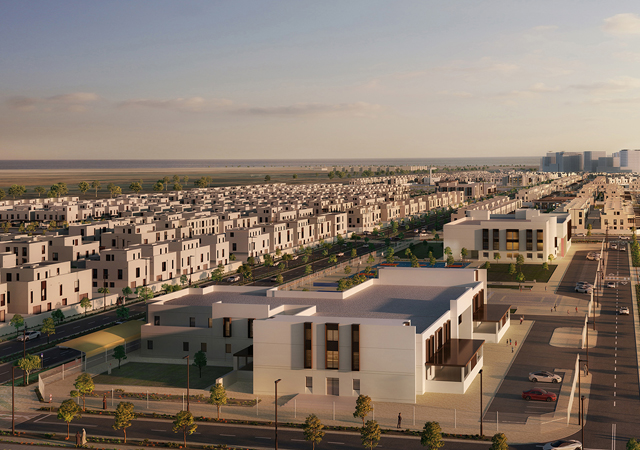

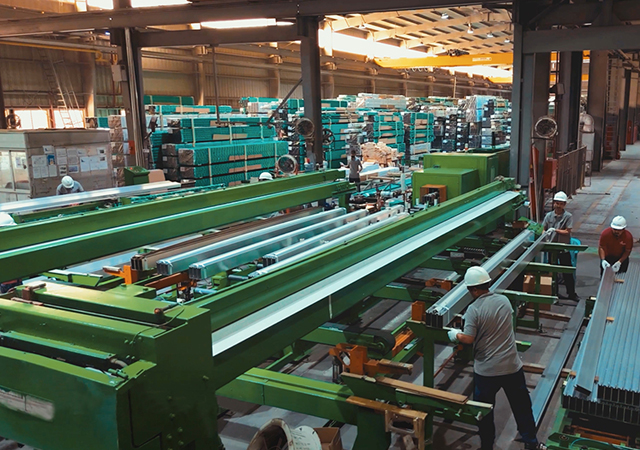



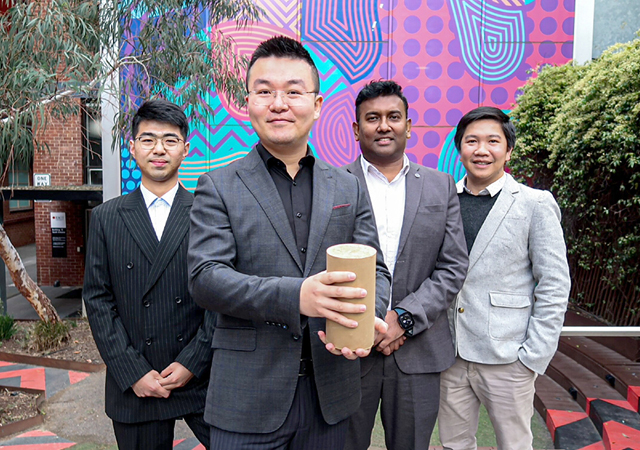



.jpg)


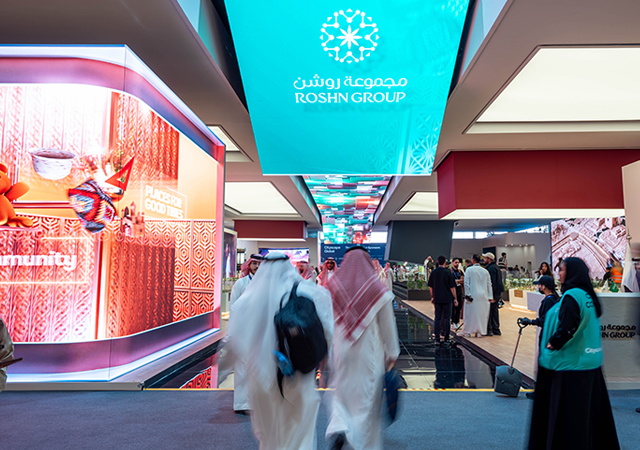








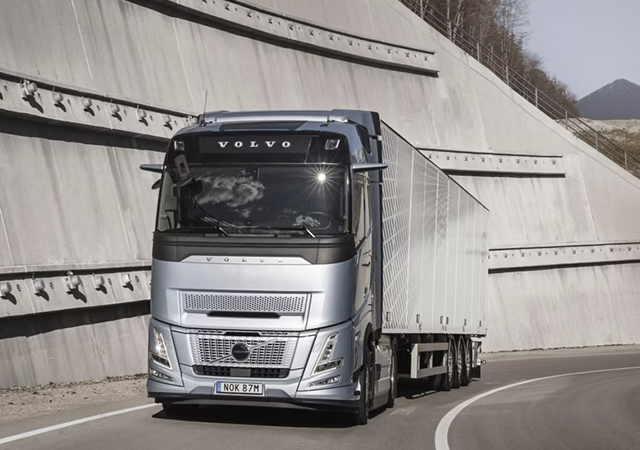

 (1).jpg)








